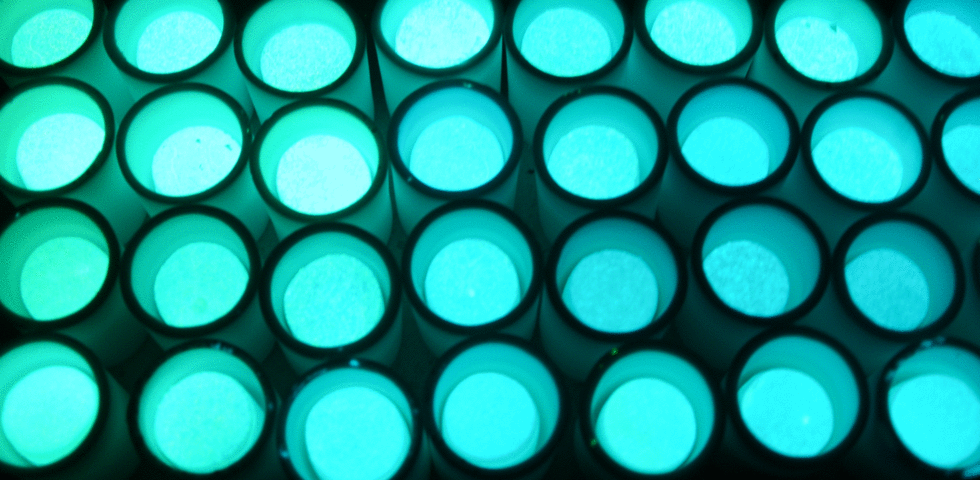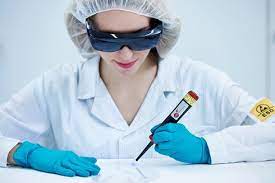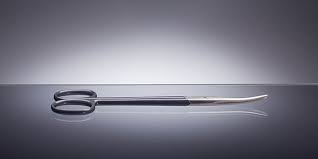Any entrepreneurial success – just like any failure – always starts with an idea. The difference lies in the execution and in the network that emerges around the project to help make it a realistic and realisable proposition. That’s what the Watch Medtech Challenge – co-organised by EPHJ and Fondation Inartis since 2018 – is all about: supporting companies as they expand their range and activities. Discover the 5 brilliant finalists of the 2023 edition: Tritec, 3D Precision, Abatec, Eposint and Polycrystal.
After getting to know them at the show, the exhibitors submitted their ideas which were then given input based on Fondation Inartis’ medtech experience. A short list of projects was drawn up, from which five finalists ultimately emerged for the 2023 show. The finalists will have half a year to advance their projects and then submit them to the final jury, which will meet ahead of the next EPHJ show.
The first finalist project was submitted by Tritec, a company that manufactures fluorescent and phosphorescent pigments. For this project, they will research the use of Swiss Super-LumiNova pigments in fluorescence immunochromatography tests. Used with special analysers, these dry fluorescence analysis strips work on the principle of photoelectric detection. They are used for diagnostic purposes and in vitro tests by laboratory personnel in medical establishments and elsewhere.

The second project, submitted by 3D PRECISION, involves 3D printing, which is increasingly being used in prototyping and watchmaking subcontracting for special parts. The project involves breast reconstruction after cancer surgery. Lipofilling – also known as fat transfer or fat grafting – is used in this type of operation, but the problem with this method is that when too much fat is injected into the breast, it is absorbed over time, and the patient then has to have further surgery. To prevent fat from being absorbed by the body, a special pouch can be created. This prosthesis will be naturally absorbed by the body, much like dissolvable sutures. It can be customised and the patient will not require further surgery.
The third project, submitted by Abatech, aims to take LED UV pens currently used for curing glues and use them in dermatology by developing portable Wood’s lamps. Since they operate on the same wavelength, the two devices offer interesting potential synergies for use in diagnostics and phototherapy.

Eposint, the fourth finalist, submitted a project that involves applying polyamide (Rilsan®) and ECTFE coatings to surgical instruments, scissors, pliers, forceps and tubular rods, thereby ensuring electrical insulation during high-frequency surgery.

The fifth project was submitted by Polycrystal, a company specialising in non-porous transparent ceramics whose key benefit is how purely transparent they are. One potential application is in orthodontic bands, which tend to turn yellow over time. Using this interesting material would mean cleaner and brighter smiles.

These five very different projects will enjoy dedicated support to help them transform their ideas into concepts, words and figures – all further example of the advances being made in bridging the gap between watchmaking and medtech.
Juliette Lemaignen
Fondation Inartis
